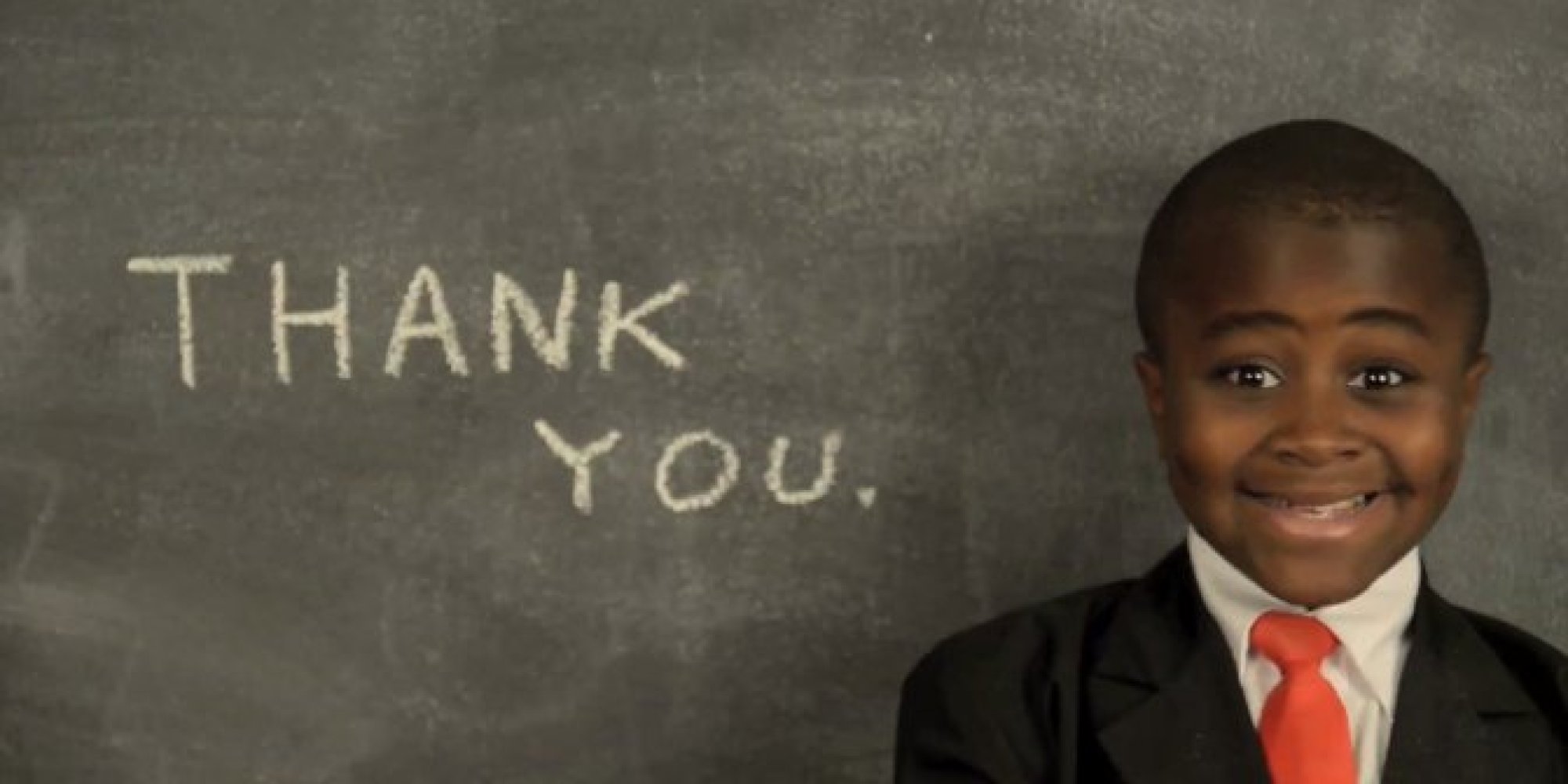 So you've got the "RACES routine" down, and your students can recite each letter in the acronym and its meaning by heart, yet the writing they're producing is still sub par. What is the issue? Where is the disconnect? If the students know the process, why aren't they producing successful constructive responses? Well good news, I have answers for you! :-)
So you've got the "RACES routine" down, and your students can recite each letter in the acronym and its meaning by heart, yet the writing they're producing is still sub par. What is the issue? Where is the disconnect? If the students know the process, why aren't they producing successful constructive responses? Well good news, I have answers for you! :-)
(You can read my previous blog post on RACES for an introduction of the process and routine. Click here: RACES writing overview)
"I haven't failed. I've just found 10,000 ways that won't work" - Thomas Edison
If you've been teaching your students how to write a constructed response paragraph using the RACES writing process, I'm sure you have noticed that the HARDEST parts for students to do successfully are the "C" (Cite the text), and "E" (Explain the text evidence) components. You might notice that they can cite the text but that it often has nothing to do with their "A" (Answer- main idea), and/or that when they "Explain" their text citation that they're not actually explaining anything at all and instead just repeating what they already stated in their "A."
I spend a good deal of time the first several months of the school year focusing on each individual component of RACES. This is NECESSARY in order for them to eventually be successful on their own. Once they have built a deep understanding of each individual component, their writing will start to improve and they will be successful in completing a constructed response paragraph. It's one of those "go slow to go fast" things. If you really break the process down and spend a lot of time doing so, you will be so thankful when you see your students start to excel!
Thorough implementation of this RACES structure not only enhances the students' writing, but also GREATLY improves their reading comprehension skills as well. The kids start to really make connections with the text and gain a deeper understanding of what they're reading. I have noticed that my students have not only made leaps and bounds in their writing assessments, but also in their reading comprehension skills and assessments! Using the RACES structure is 2-for-1 win!😍
Here are the steps I take to help students master these components:
1) MODEL!: As with anything we teach, modeling this process over and over and over again is really key to helping the kiddos little "light bulbs" go off. The more they see you do it, while you're walking them through a think aloud, they will start to make the connections and actually understand the process rather than just going through the motions.
2)Take Notes: When reading the Anthology story in Wonders, I always structure the kid's notes around what the constructed response prompt will be. This way, as we are reading the story, we are stopping to note text evidence. When we then move into our writing the kids already have text evidence in their notes that they can refer to. If we don't take notes on the story, then I have them work in pairs and use sticky notes to find/tab evidence in the story, once we have read/discussed the constructed response writing prompt.
3)Collaborative conversations: As I guide the students through each component of RACES, they collaboratively discuss what they have written or will write, and give each other feedback. For instance, we will discuss the "R" and "A" and then students will write theirs. They will then share in their table group using the Kagan Round Robin strategy and give each other feedback, help make corrections, changes, etc. We go through this process through each component in the RACES structure. Thus through the power of collaboration all students at all ability levels are able to feel successful in their writing.
When teaching the "E" (Explain) component of RACES, I teach my students to make a personal connection. The kids struggle the most with this "Explain" piece. They think they are explaining, but they're really not. Most of the time they're just repeating what they have already stated. I model a lot for them how to take the text evidence, and then describe what that evidence means to them and thus supports their main idea. I tell them they should use personal pronouns like I, me, or my when explaining the evidence. This is a good starting point to help them understand this piece of RACES. Its the hardest and arguably most important part of a constructed response!
I really can't stress enough how import it is for the students to discuss their ideas collaboratively before putting things into writing. Collaboration is such an important part of the students' growth and learning. You can check out my other blogs on how I develop and establish routines for meaningful collaboration and a classroom climate that supports students growth.
Collaboratively Learning,
Megan Brown





















